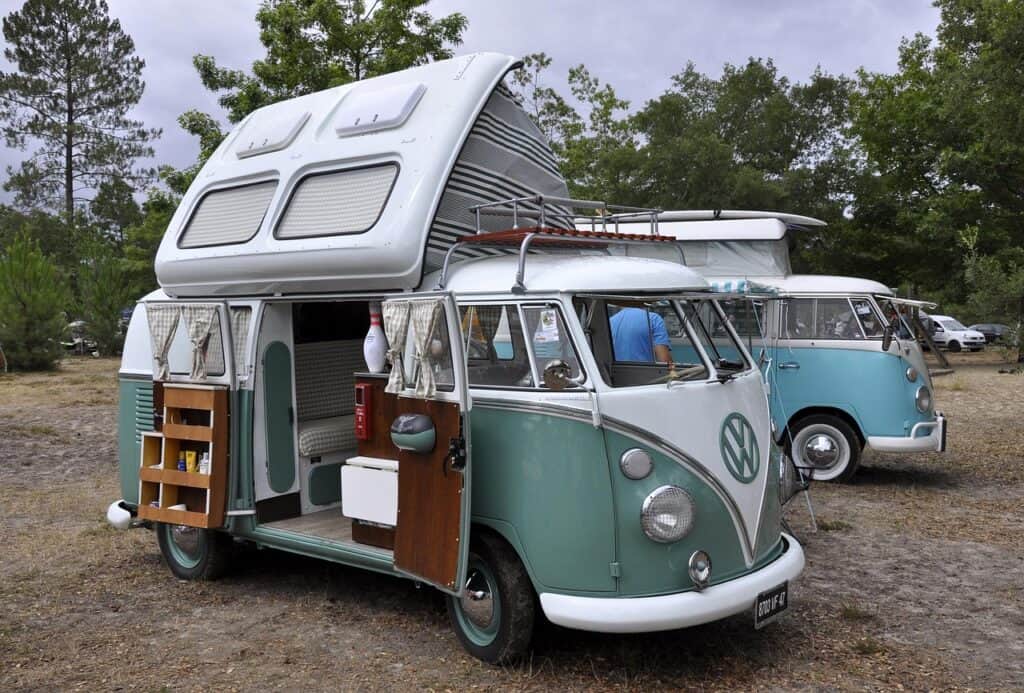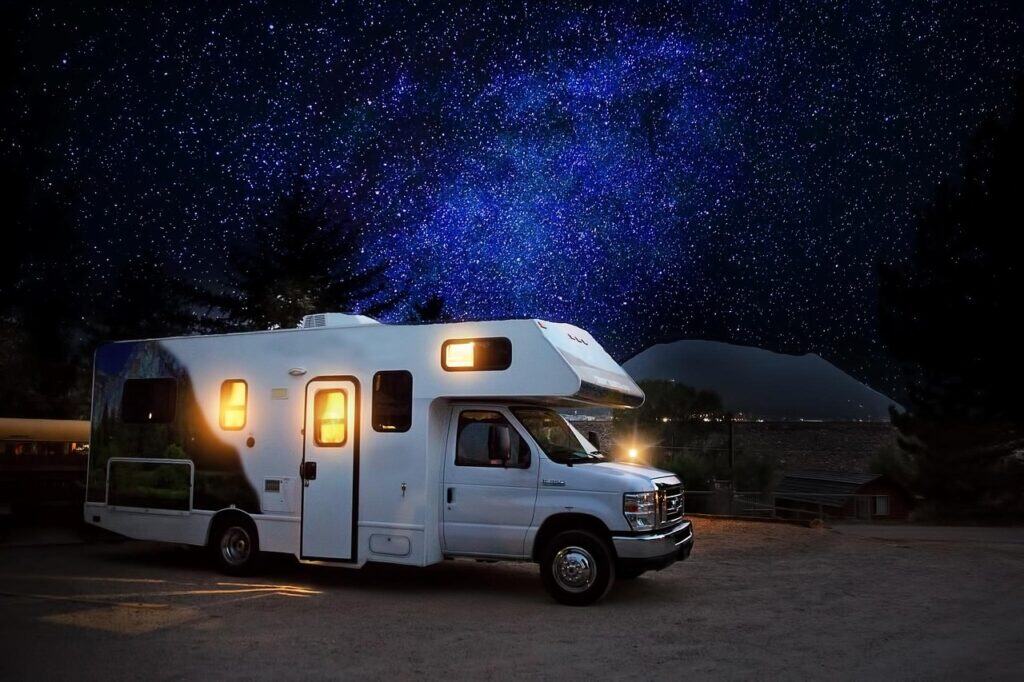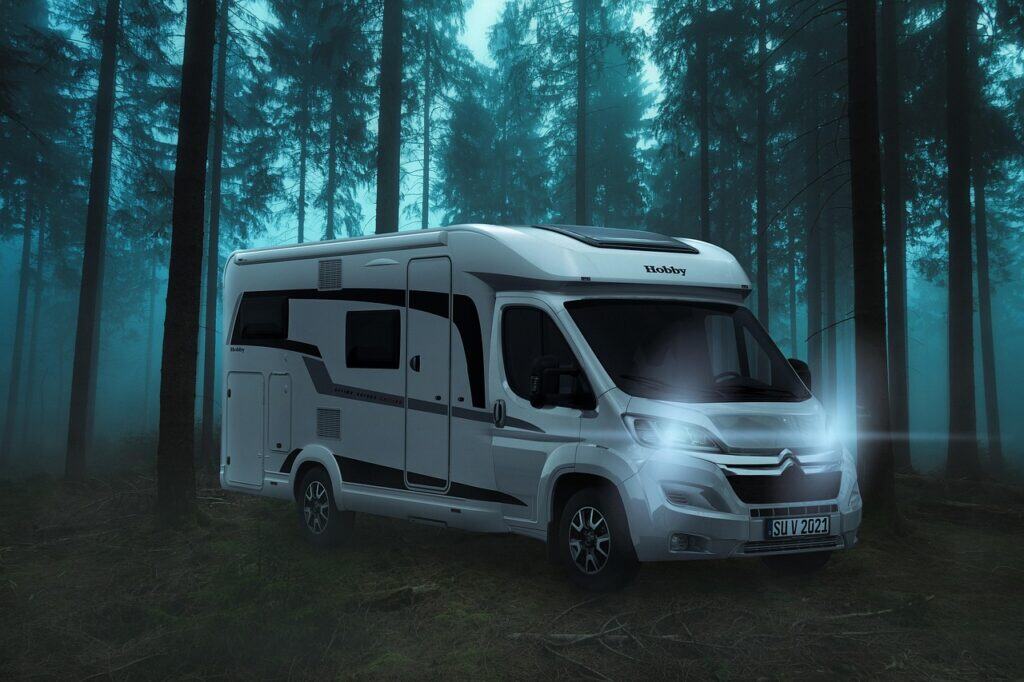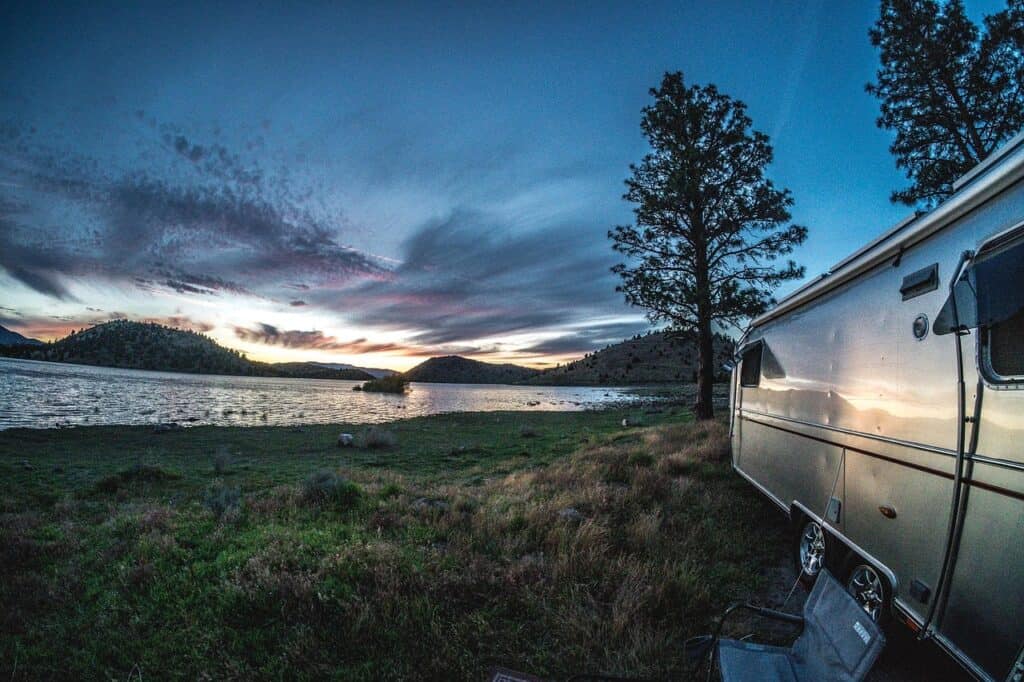We may earn money or products from the companies mentioned in this post. This means if you click on the link and purchase the item, I will receive a small commission at no extra cost to you ... you're just helping re-supply our family's travel fund.

Car camping blends the freedom of the open road with the simplicity of sleeping in your vehicle. It’s cheaper than hotels, often more convenient than setting up a tent, and allows you to explore places at your own pace. But many first-timers ask the same question: is it actually safe?
The short answer is yes, if you take the right precautions. Safety isn’t just about avoiding crime; it’s also about preparing for nature, staying comfortable, and keeping your vehicle in good condition. A little planning goes a long way.
Here’s what you need to know to make your next car camping trip not only safe but enjoyable. We’ll break it down into location choices, personal security, and practical preparation.
Choosing the Right Location

Where you park your car makes or breaks your safety. A good location provides privacy, security, and access to basic facilities without putting you at unnecessary risk. Many beginners overlook this step and end up in places that feel unsafe or uncomfortable once the sun goes down.
Legal vs. Illegal Parking Spots
Not all parking spots are meant for overnight stays. National forests, Bureau of Land Management land, and designated campgrounds usually allow car camping. On the other hand, urban streets and random lots can expose you to fines or unwanted attention. Always check posted signs and use camping apps to find safe, legal options.
Remote vs. Populated Areas
There’s a balance between solitude and security. Remote areas offer peace and quiet but may leave you vulnerable in emergencies. Populated campgrounds provide safety in numbers but less privacy. The best choice often depends on your experience level and comfort zone.
Personal and Vehicle Security

Once you’ve found a spot, the next step is making sure both you and your vehicle are protected. Crime in campgrounds is rare but not impossible, and opportunistic theft is more common in roadside stops.
Locking and Securing Your Car
Always lock doors and windows when you settle in for the night. A simple sunshade or curtain can keep prying eyes out. If you’re in an area with higher traffic, consider keeping valuables out of sight or secured in the trunk.
Staying Aware of Your Surroundings
Pay attention to who else is nearby before committing to a spot. Trust your instincts; if something feels off, move on. Having a flashlight and emergency whistle handy can give you peace of mind.
Practical Preparation for a Safe Night

Beyond location and security, comfort and preparedness play big roles in making car camping safe. Poor preparation can turn a relaxing night into an uncomfortable or even dangerous experience.
Weather and Temperature Considerations
Sleeping in a car can quickly become uncomfortable if you don’t account for the weather. Cold nights require proper insulation and sleeping bags, while hot conditions mean you’ll need ventilation. Crack windows slightly for airflow but use screens to keep bugs out.
Emergency Supplies and Backup Plans
A well-packed car should include a first-aid kit, flashlight, extra water, and a charged power bank. Know where the nearest gas station or town is in case plans change. Even seasoned campers benefit from a backup plan.
Car Camping Can Be Safe and Enjoyable
Car camping is as safe as the effort you put into planning. Choose a secure location, lock your car, and prepare for weather and emergencies. Most risks can be minimized with basic common sense and preparation. What this really means is you don’t have to skip the adventure; just respect the basics of safety, and the experience can be both secure and rewarding.